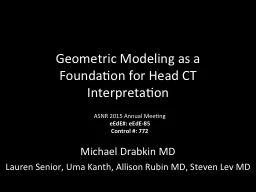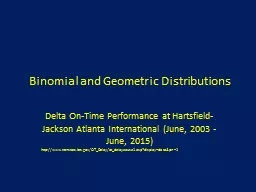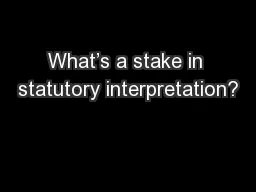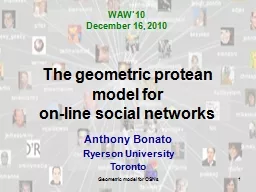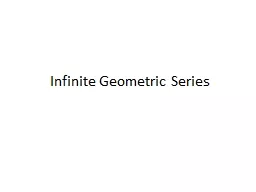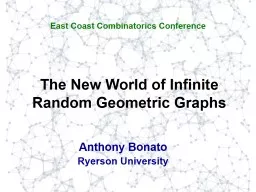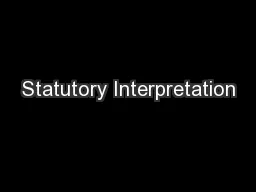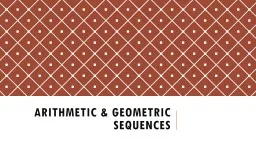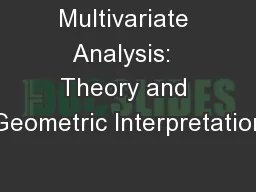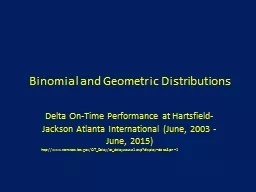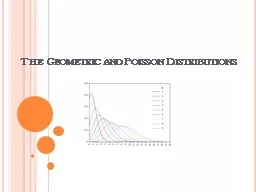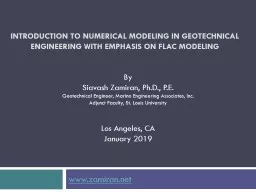PPT-Geometric Modeling as a Foundation for Head CT Interpretation
Author : pamella-moone | Published Date : 2018-03-14
Michael Drabkin MD Lauren Senior Uma Kanth Allison Rubin MD Steven Lev MD ASNR 2015 Annual Meeting eEdE eEdE85 Control 772 Disclosures Nothing to disclose Purpose
Presentation Embed Code
Download Presentation
Download Presentation The PPT/PDF document "Geometric Modeling as a Foundation for H..." is the property of its rightful owner. Permission is granted to download and print the materials on this website for personal, non-commercial use only, and to display it on your personal computer provided you do not modify the materials and that you retain all copyright notices contained in the materials. By downloading content from our website, you accept the terms of this agreement.
Geometric Modeling as a Foundation for Head CT Interpretation: Transcript
Download Rules Of Document
"Geometric Modeling as a Foundation for Head CT Interpretation"The content belongs to its owner. You may download and print it for personal use, without modification, and keep all copyright notices. By downloading, you agree to these terms.
Related Documents

